Conservation of New Zealand's native birds
There have been efforts to conserve New Zealand's wildlife since at least 1885. This included the control of introduced pests from 1893 onwards.
You can read more on the history of NZ conservation here.
"Predator free"
One approach to conservation that has become popular in New Zealand is the aim to make the islands "predator free" by 2050. This has been controversial, as it essentially means the eradication of invasive or non-native mammal species that threaten the existence of New Zealand's native birds and wildlife.
This can involve trapping or poisoning mammals like rats, possums and mice. It might seem an extreme approach, but it has been shown to work - in areas where these tactics have been used, bird populations have recovered incredibly well.
Successes
There have been some incredible success stories in NZ conservation over the last few decades.
One renowned success is the recovery of the black robin, which came incredibly close to extinction with only 5 known birds left in 1980. By getting a pair of birds of a different species to "foster" the precious young of the last breeding pair, conservationists including Don Merton were able to save the species. There were around 250 black robins in 2013.
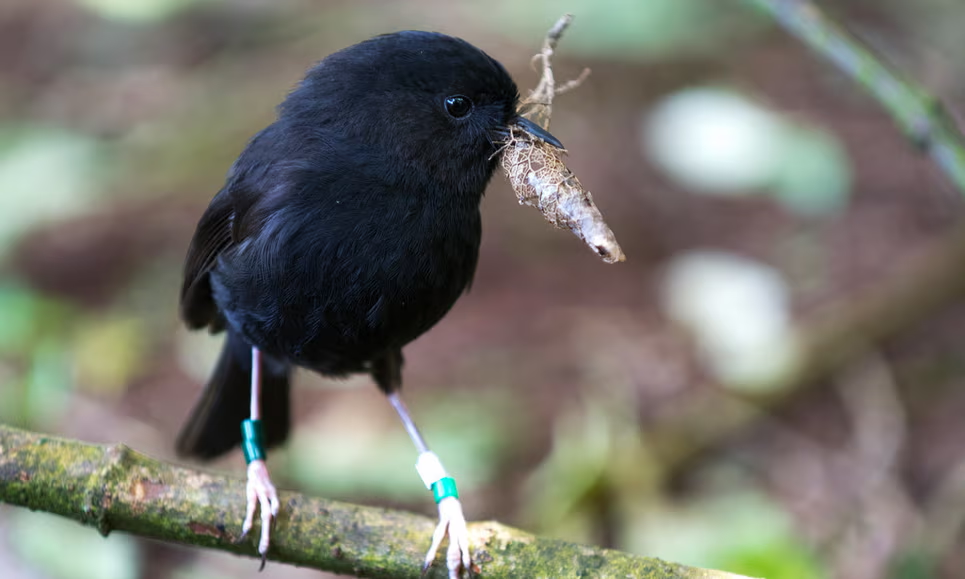
A Chatham Island black robin
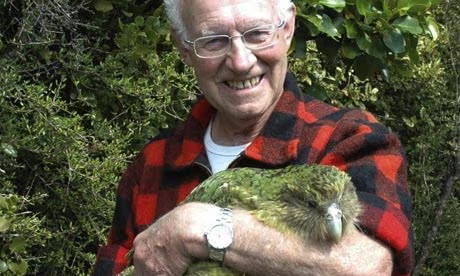
Renowned conservationist Don Merton
The kakapo, though still critically endangered, has also come a long way since coming close to extinction in 1900. Breeding efforts have been challenging due to many of the species becoming inbred or infertile, as well as naturally slow breeding patterns. However thanks to the Kakapo Recovery Programme there are now just under 250 kakapo alive today.
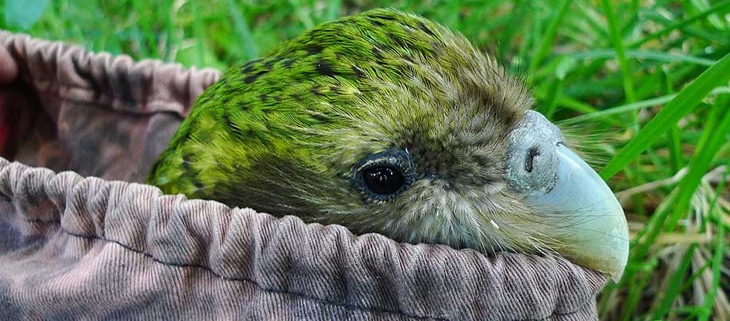
A kakapo undergoing a health check
Another flightless bird, the takahe, was declared extinct in 1851. Having been rediscovered in 1948, the population is now at 450 and growing.
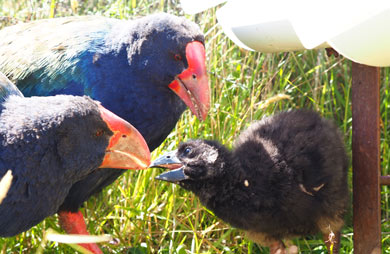
Takahe feeding a chick
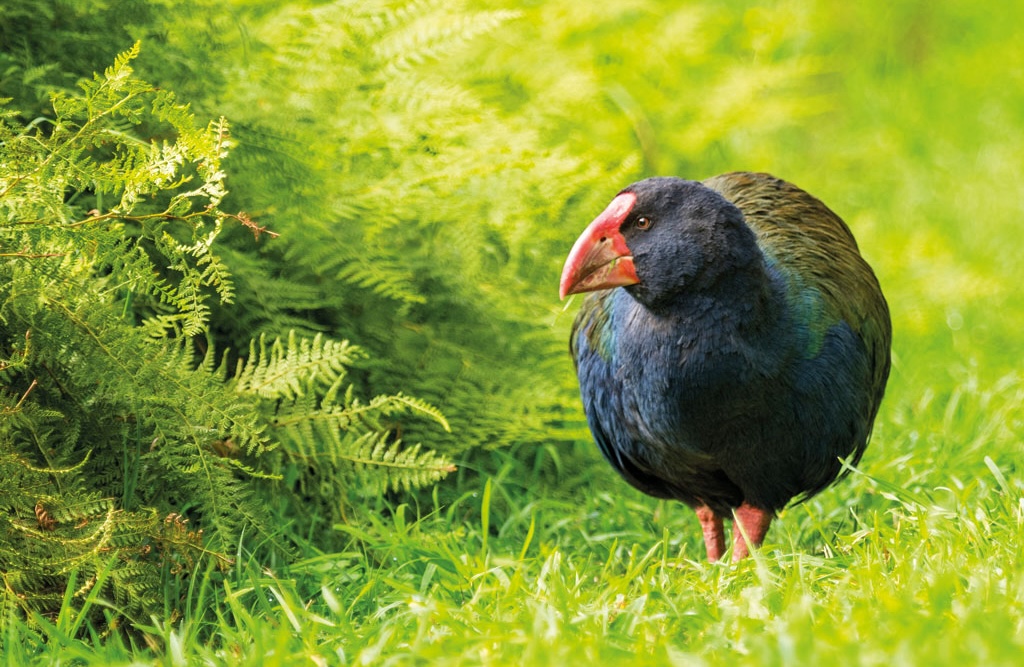
A lone takahe
How to help
If you're New Zealand-based there are plenty of volunteering opportunities for conservation projects across the country - the Department of Conservation has more information.
There are also some links on the Resources page to projects currently looking for donations, including some of those above.